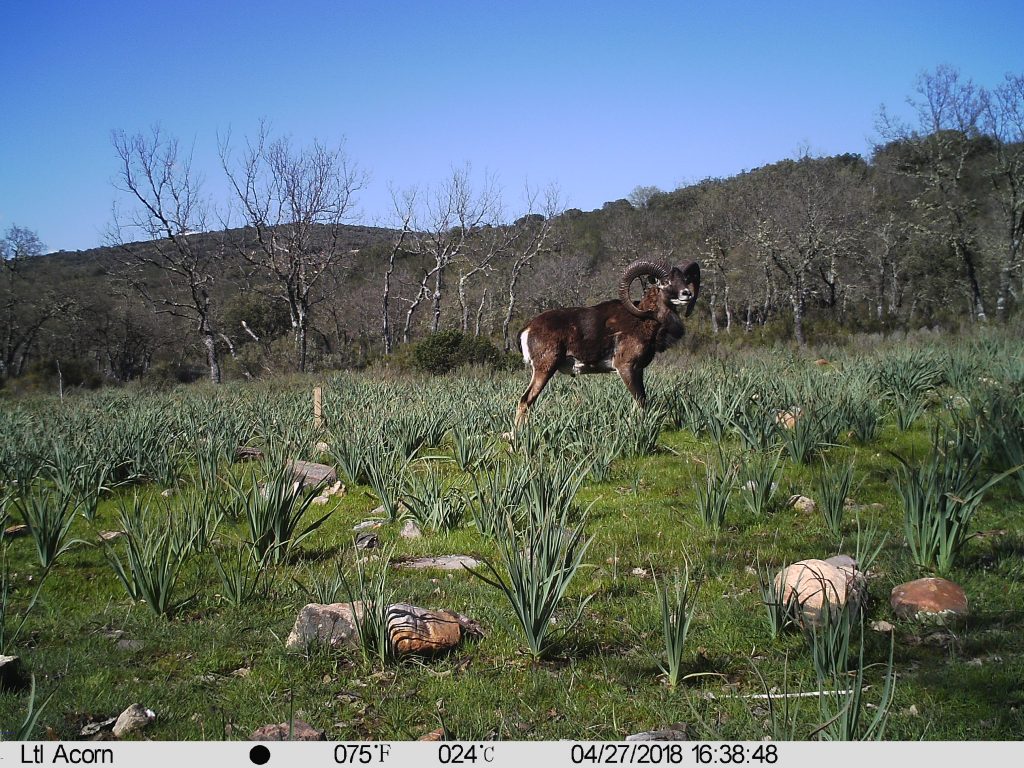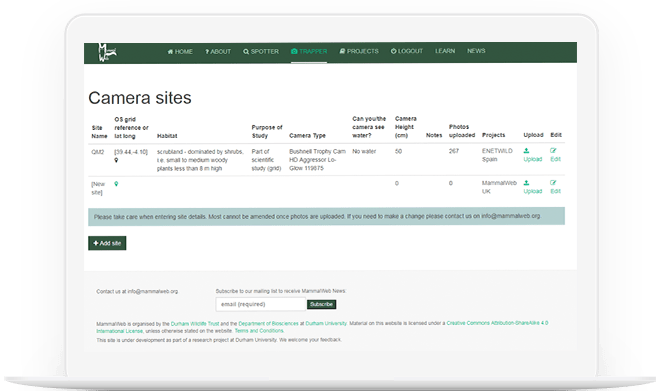What is MammalWeb?
MammalWeb is a web platform for anyone interested in different mammal species living in their local area and further beyond. If you have a camera trap, you can upload and share the photos you have taken of mammals around you. Or you can go online to view the photos that other users have uploaded to MammalWeb and see how many you recognize.








